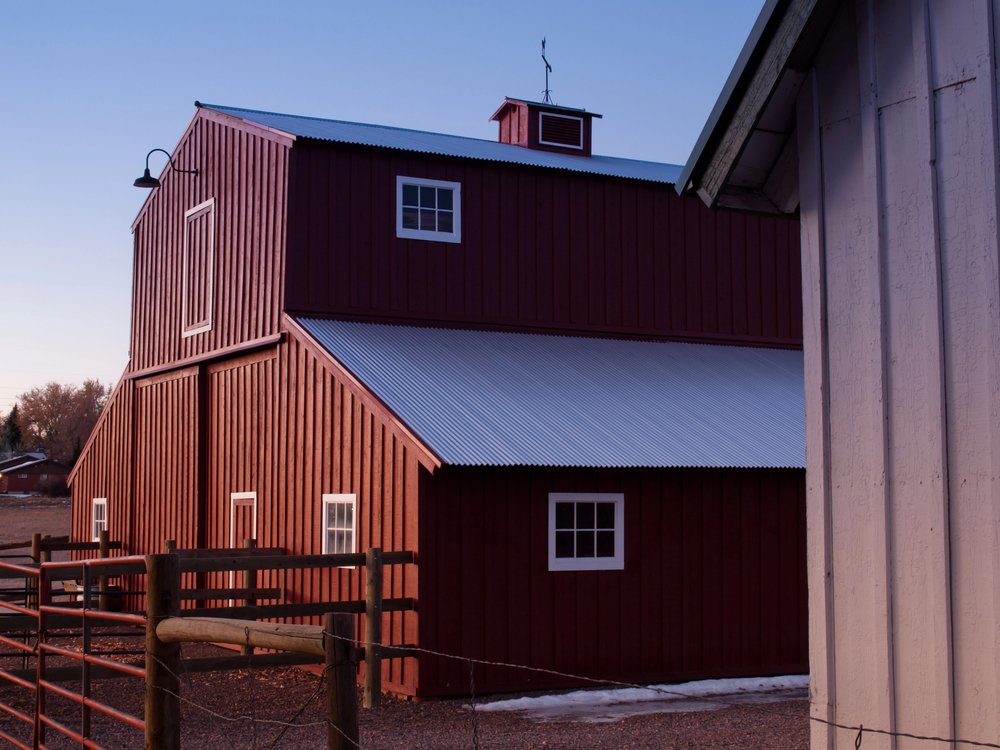What begins as a relaxing hobby in your backyard—gardening, raising chickens, or beekeeping—can sometimes grow into something much more. For many people, that simple shed in the corner of the yard becomes the foundation for a thriving small business. Whether you’re selling produce at a local market, offering eggs to neighbors, or crafting handmade goods, a modest shed can evolve into a full-blown commercial farm building with just the right amount of planning, upgrades, and vision.
In this article, we explore what it takes to turn a backyard shed into a legitimate commercial asset—and how to make sure your shed is ready for business.
1. Recognizing the Shift: Hobby vs. Business
At what point does a hobby become a business? The answer varies, but some key signs include:
- You begin earning regular income from your activities
- You reinvest profits into equipment, supplies, or marketing
- You sell to people outside your immediate social circle
- You track expenses, manage inventory, or pay taxes
If this sounds like you, it’s time to view your shed not just as a workspace—but as a business facility.
2. Evaluating Your Current Shed
Before you make any changes, take stock of your existing shed. Ask yourself:
- Is it structurally sound?
- Does it have proper ventilation and insulation?
- Is there adequate space for production, storage, or customer visits?
- Are the floors easy to clean and resistant to moisture or chemicals?
For a backyard hobby, a basic wooden or metal shed might do. But if you’re producing food, raising animals, or running machinery, your shed needs to meet a higher standard.
3. Upgrading for Commercial Use
Turning your shed into a commercial farm building often requires several key upgrades:
A. Power and Lighting
Add electrical wiring for lighting, refrigeration, heating elements, fans, or equipment. Be sure to hire a licensed electrician to ensure everything is up to code.
B. Water Access
Whether for irrigation, cleaning, or animal care, running water is essential. Install a sink and consider greywater drainage or rainwater harvesting systems.
C. Insulation and Climate Control
If your products or animals are sensitive to temperature swings, insulating your shed and adding heating/cooling systems will help maintain a stable environment year-round.
D. Flooring and Interior Finishes
Replace wooden floors with sealed concrete or durable vinyl if you’re dealing with moisture, heavy equipment, or food production. Smooth, washable surfaces make cleaning easier and meet health standards.

4. Storage and Workflow Optimization
As your operation grows, so will the need for efficiency. A well-organized shed can dramatically boost your productivity:
- Install shelving for tools, products, or packaging supplies
- Create designated zones for prep, production, and storage
- Use pegboards, bins, and labels to streamline your workflow
Maximizing vertical space is key in small buildings. Consider overhead storage for seasonal items or lightweight materials.
5. Legal and Zoning Considerations
One of the biggest shifts from hobby to business involves regulatory compliance. You’ll want to work with farming industry experts to get this part right. Even small backyard operations may need:
- Zoning approval: Check with your local government to confirm your property is zoned for agricultural or business use.
- Permits: You may need a business license, building permits, or health inspection sign-offs.
- Insurance: A homeowner’s policy typically won’t cover commercial activity. Look into general liability, product liability, or farm insurance.
Being proactive about legal requirements will help you avoid fines and keep your business running smoothly.
6. Branding and Presentation
If customers are visiting your shed—or even just seeing it on social media—it becomes part of your brand. Clean, organized, and professional-looking buildings reflect your values and quality. A few simple improvements can make a big impression:
- Paint or stain the exterior to match your brand colors
- Add signage with your business name
- Use outdoor decor or landscaping to make it welcoming
A tidy, purpose-driven workspace will make you feel like a business owner—and inspire confidence in your customers.
7. Scaling Up: When to Build a Bigger Structure
Eventually, you might outgrow your original shed. If that happens, don’t view it as a failure—it’s a sign of success. Use your experience to design a purpose-built workshop, greenhouse, or barn tailored to your business.
In some cases, your original shed can still serve as valuable storage or a secondary workspace. Its story becomes part of your entrepreneurial journey.
Final Thoughts
Many successful businesses begin in humble backyard sheds. Whether you’re selling flowers, breeding rabbits, fermenting hot sauce, or crafting goat milk soap, your shed can evolve right alongside your ambitions.
With thoughtful upgrades, smart organization, and a clear understanding of local rules, you can transform that small space into a productive, professional, and profitable part of your farm business.
So if your hobby is starting to pay off—and your shed is starting to feel like more than a hobby space—embrace the opportunity. Every great business starts somewhere. Why not in your own backyard?
